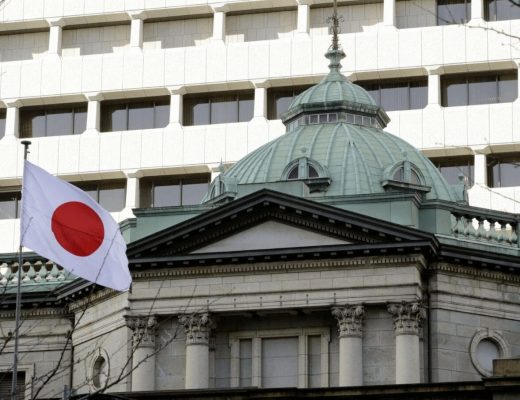Increased India’s consumption will help prevent an economic slowdown
In India, the government is encouraging consumption growth among the middle-income population. According to the authorities, this will help combat the economic slowdown and the weakening of the national currency.
As part of this effort, the finance ministry has revised the tax system. Officials have abolished the tax for the category of people with an annual income of up to 1.2 million rupees. Previously, people earning 700,000 rupees or more were taxed. This measure is expected to enhance the savings of about 10 million Indians. Citizens can use their savings to invest or buy goods. This will help stimulate the rise of consumption in the country. However, the abolition of the tax will lead to a shortfall in government revenue of about 1 trillion rupees a year.
The situation in India is as follows:
– consumption has almost tripled in the last 10 years to Rs 200 trillion;
– the number of households has increased by 294.3 million;
– the consumption sector accounts for 60% of the country’s economy.
Domestic consumption is the main driver of economic growth. Therefore, the government focuses on this factor, which is not always effective.
Challenges facing the sector
Consumption ensures the stability of final demand, but it is difficult to achieve high economic growth rates without support from other sectors. It is also important to focus efforts on supporting infrastructure. This sector has historically been linked to consumption and has fuelled it.
Despite the overall surge, India has seen a decline in consumption in most sectors. The only exceptions are rural-based industries and the luxury goods segment. The main reason for this is the decline in urban spending. Inflation is rising in the country, while wages are not boosting. As a result, people are becoming more reluctant to spend.
These trends have had an impact on the business environment. A number of large Indian companies, including Hindustan Unilever and Maruti Suzuki, have reported falling profits. Weaker consumer demand has also affected the earnings of foreign companies.
According to Dhiraj Neem of ANZ Bank, the local sector is facing a cyclical slowdown in consumption. After a sharp increase in spending during the pandemic and credit boom, households tend to cut back. In such a cycle, a decline in consumption is a natural process that is correctable. One effective way to stimulate is to cut interest rates, which the Reserve Bank of India has done.
The marginal propensity to consume (MPC) of households is between 0.6 and 0.7. This translates into a growth in spending of Rs 600-700 bn. At the same time, the tax relief is estimated at 1 trillion rupees. The MPC measures the willingness of citizens to spend each additional dollar of income. A score of 0.6-0.7 indicates that only 60-70% of each additional dollar will be spent.










